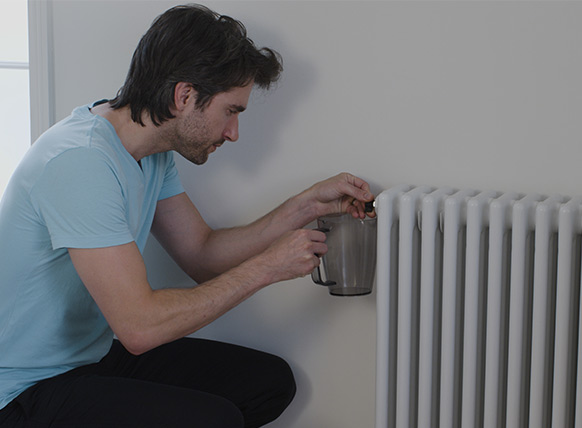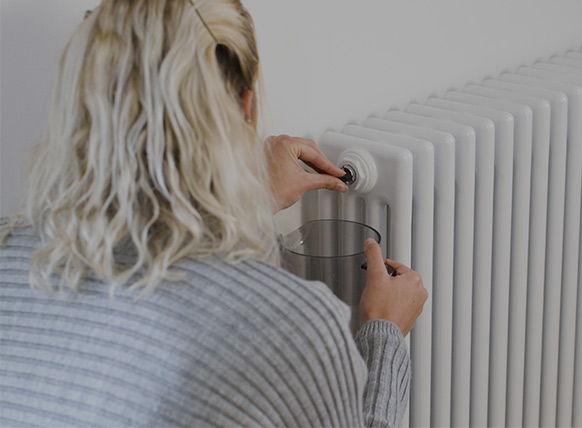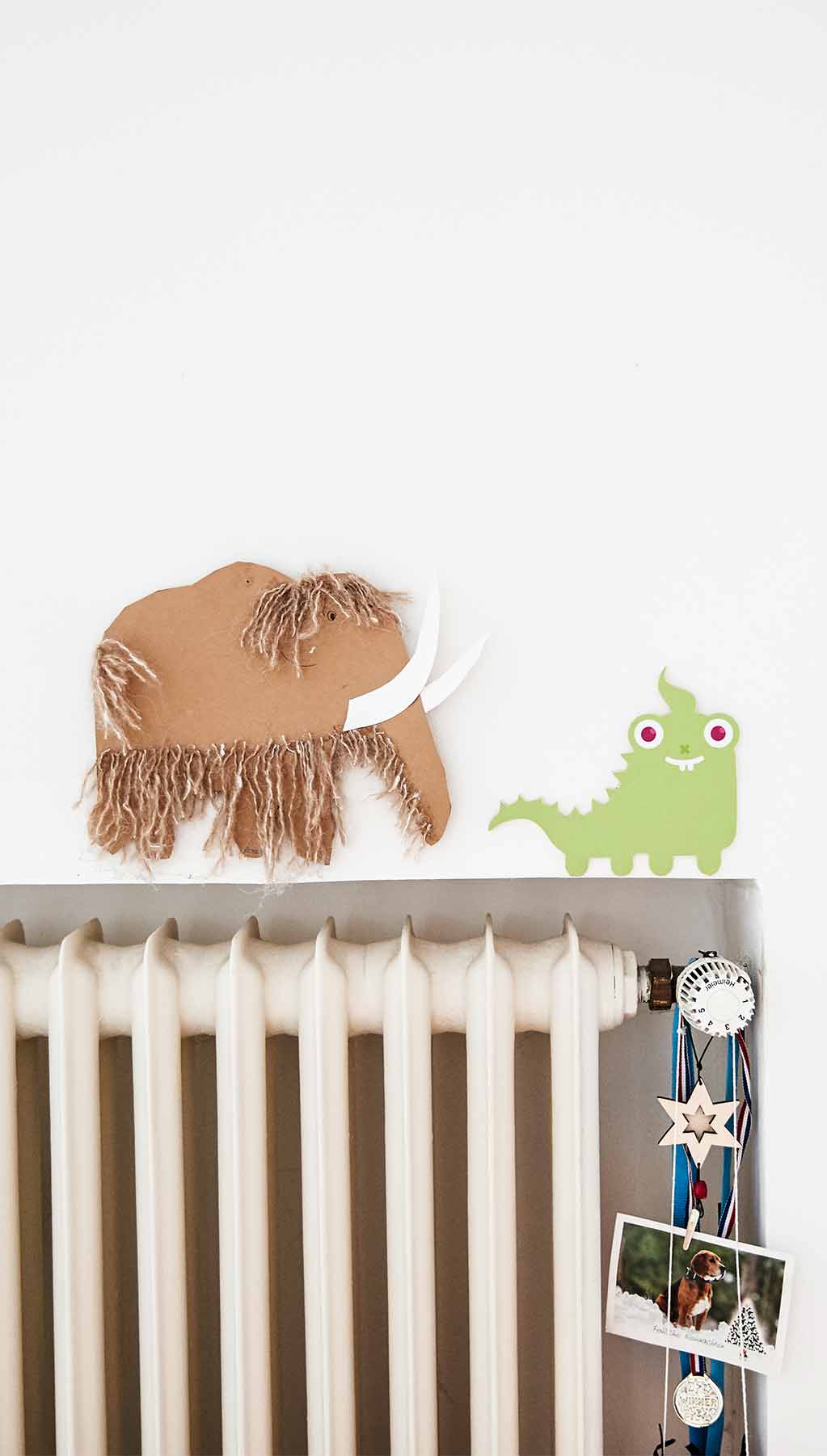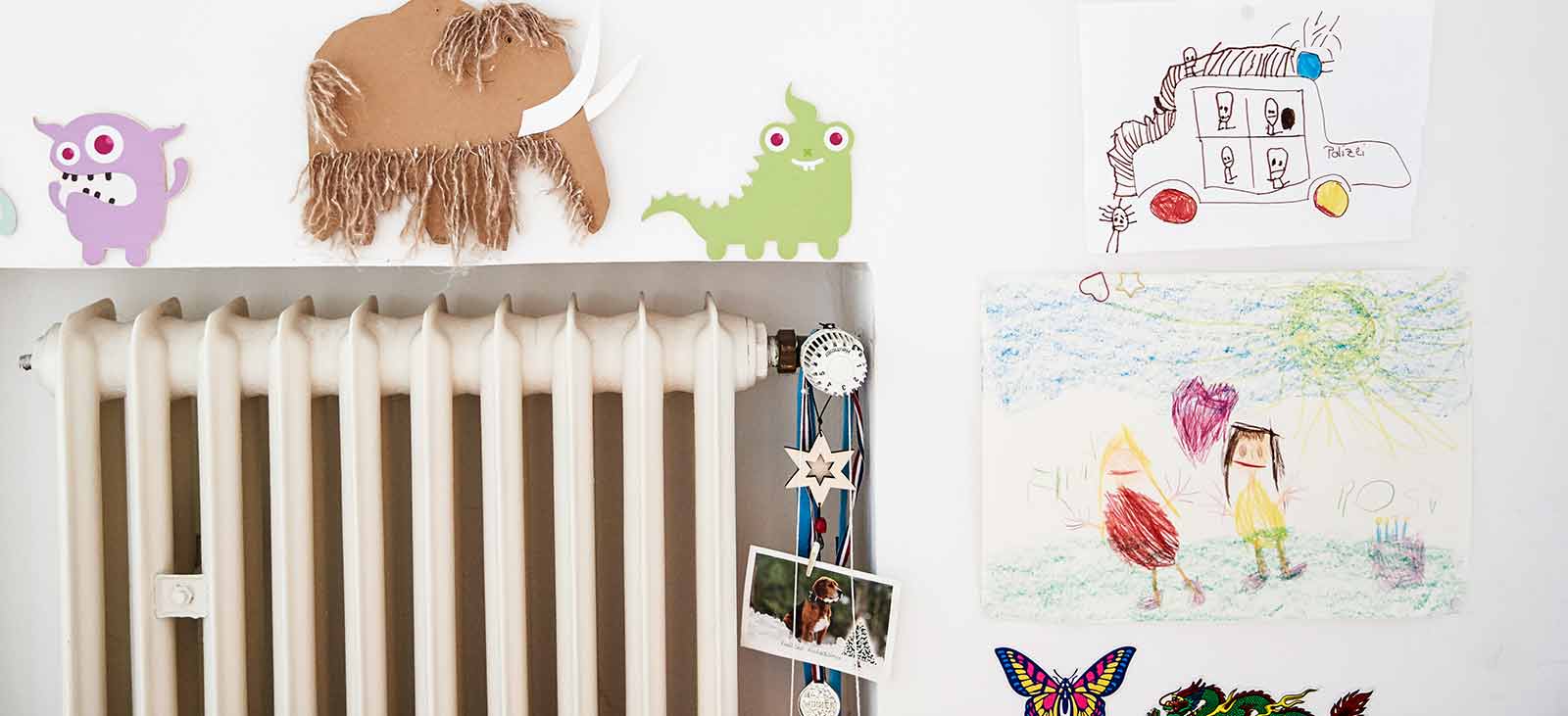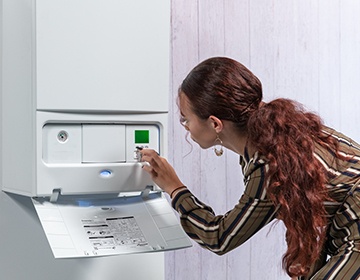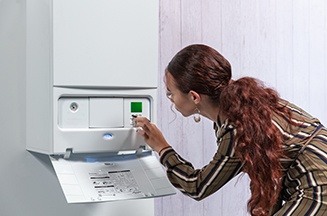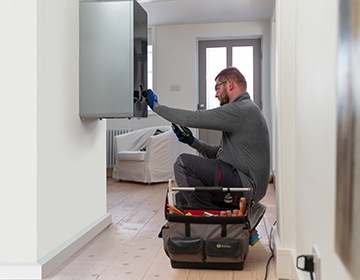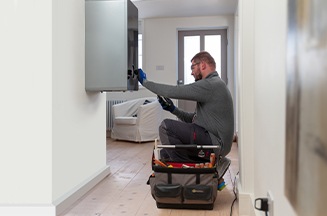When you've found out which of the radiators in your home’s heating system need bleeding, follow these simple steps:
Top tip: If you're bleeding more than one radiator, start with the one furthest away from your boiler. If you’re living in a two or more storey house, start with the downstairs radiators before repeating upstairs.
1. Make sure your heating is off and the radiators are cold.
2. Hold an old cloth, or a jug, under the bleed valve, and insert the bleed key.
3. Turn anti-clockwise until air starts escaping (you'll hear a hissing noise).
4. When water starts to escape, turn the key clockwise to re-tighten the valve.
5. Repeat on other radiators that need attention, making your way back towards the boiler.
6. Turn your heating back on and check if your radiators are now heating up correctly.

